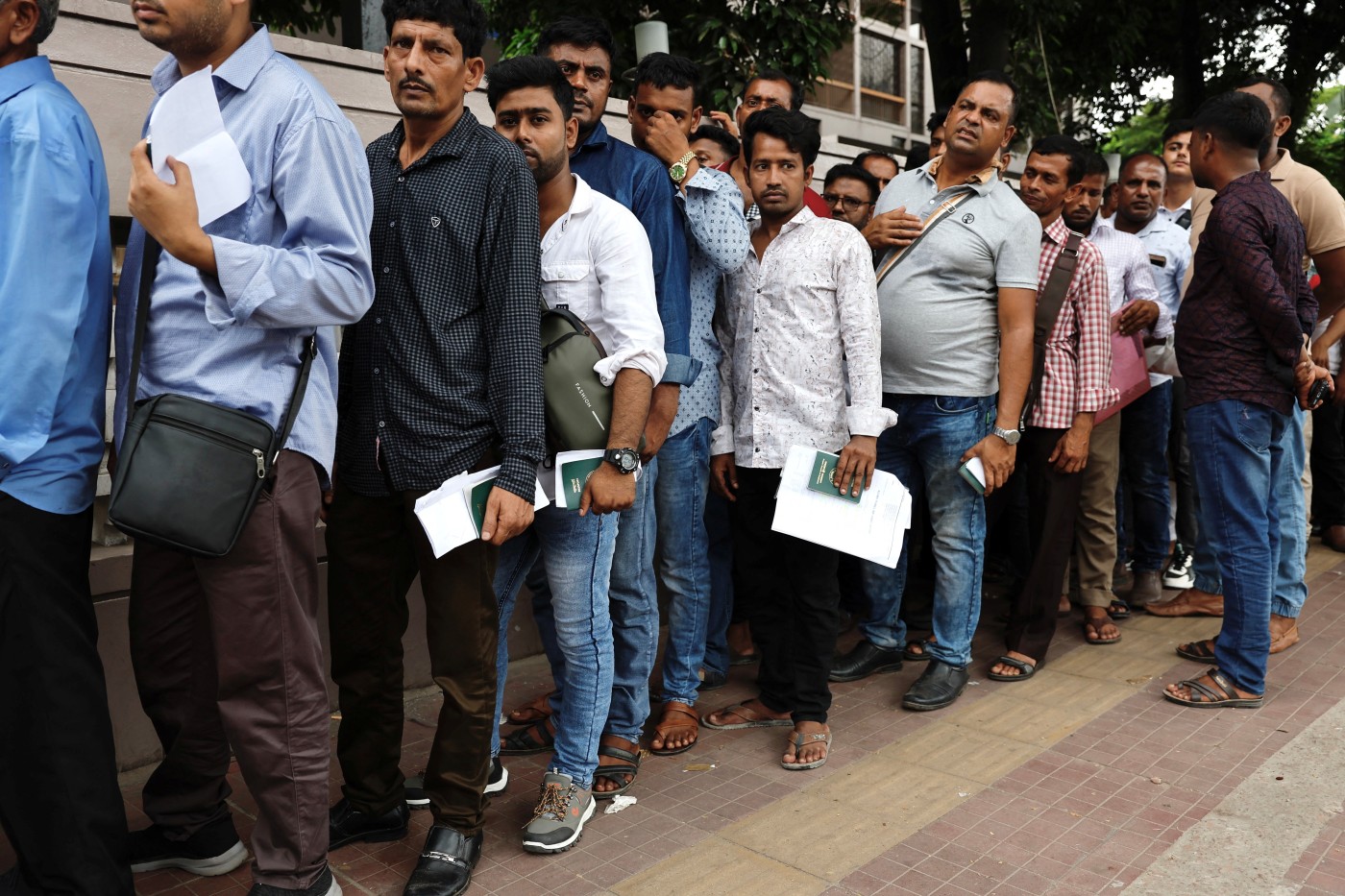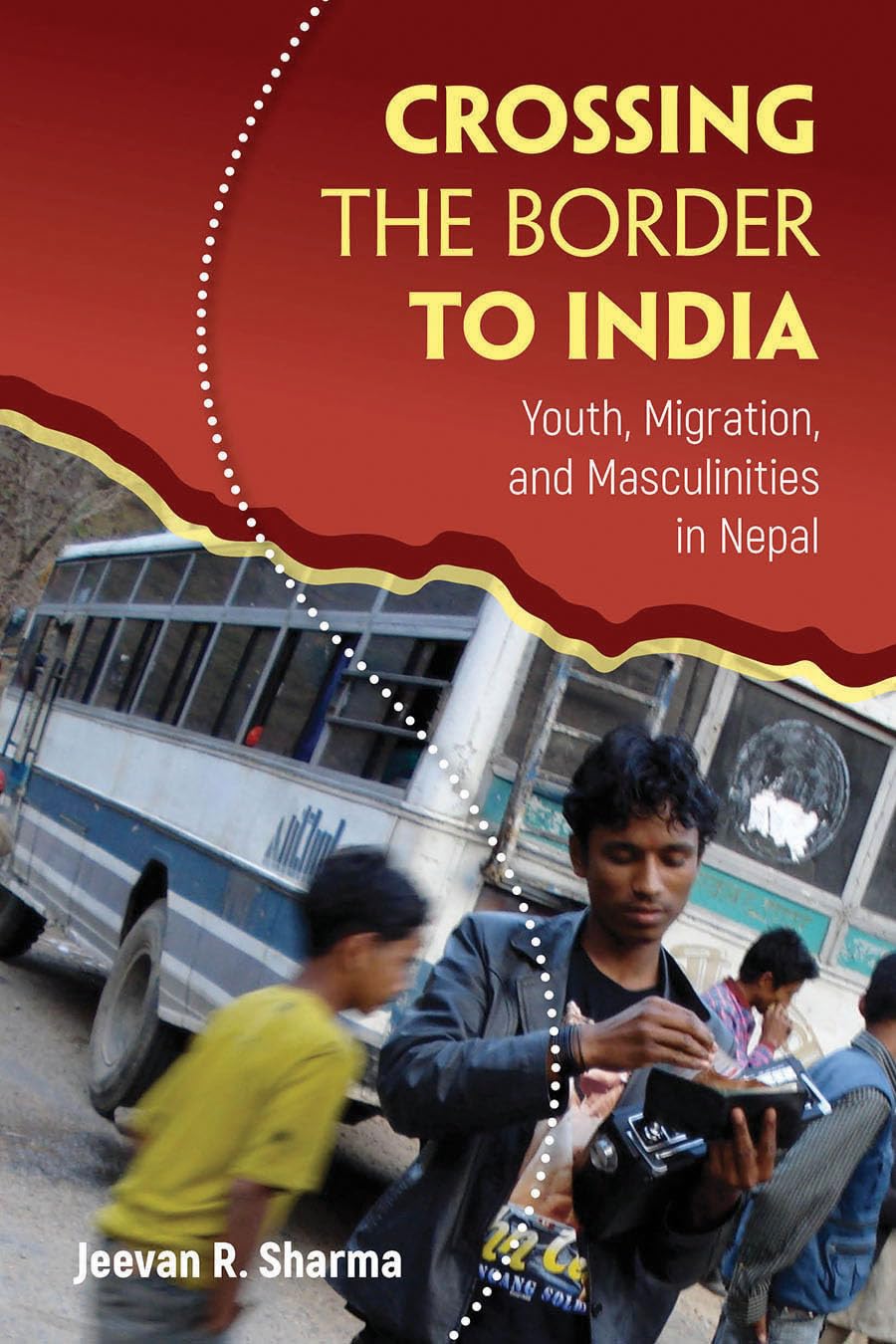South Asian Migration Trends Evolve Amid New Challenges and Opportunities

The South Asian-Gulf migration corridor remains one of the most significant in global migration, traditionally dominated by low-skilled laborers moving to Gulf Cooperation Council (GCC) countries. However, migration patterns have diversified in recent decades, with increasing flows of skilled workers and students toward Europe, North America, and Oceania. This shift highlights evolving motivations and challenges for South Asian migrants. A research report published in ISPI highlighted.
Migration from South Asia is driven by unemployment, low income, debt, and climate change, with notable intra-regional movements such as Bangladesh-India and Afghanistan-Pakistan. The Gulf region continues to attract South Asians due to labor demand and economic factors, though stricter immigration policies and nationalization efforts have affected recruitment. Migrants in the GCC are predominantly employed in low-wage sectors like construction and domestic services, contributing significantly to Gulf economies. However, exploitation in recruitment processes remains a pressing issue, including illegal agencies and visa trading.
Female migration to the Gulf is also rising, with South Asian women increasingly working in domestic roles. Sri Lanka leads in “feminized” migration, with most female migrants coming from low-income households.
While the Gulf remains a key destination, there is a notable increase in South Asians migrating to Europe, North America, and Oceania, driven by opportunities for permanent residency and citizenship. From 1990 to 2020, South Asian migration to these regions surged, with India ranking second globally for student migration.
Remittances play a vital role in South Asia’s economy, mitigating poverty and boosting GDP. In 2020, remittances to South Asia grew by 5.2% despite the pandemic. However, return migration, particularly during COVID-19, disrupted remittance flows and highlighted reintegration challenges. Many returnees faced unemployment, wage theft, and a lack of awareness about reintegration programs like India’s SWADES initiative.
Experts emphasise the need for holistic migration policies to address vulnerabilities, support reintegration, and harness migration’s potential for sustainable development.



















Facebook Comments